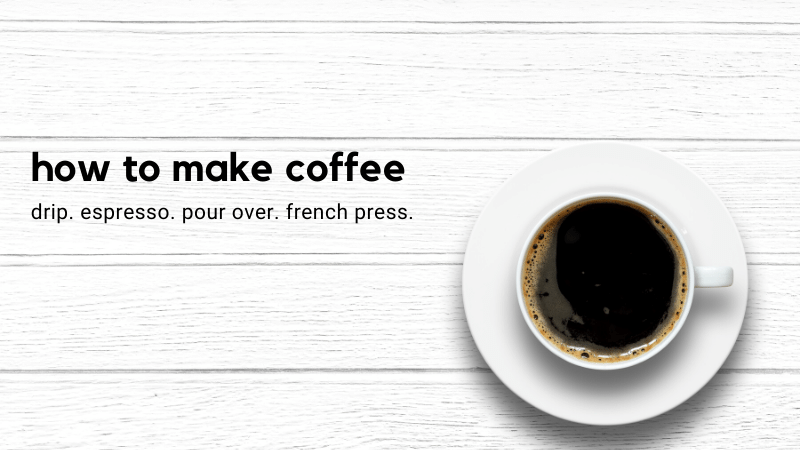What’s the Best Way to Brew Coffee in Your Café?
Choosing the right coffee brewing method can elevate your café’s game. At onlinebaristatraining.com, we’ve trained thousands through our online barista training to master these techniques. Here’s a breakdown of the best methods—pros, cons, and all—to help you decide what fits your shop and your customers.
1. Drip Coffee
Best Way to Make:
Follow a 2 oz coffee to 6 oz water ratio (2 tbsp per ¾ cup)—tweak to taste. It’s simple: measure water and coffee, grind medium to medium-fine, pop a filter in your machine, add grounds, tap to level, and brew. Our barista course grads nail this daily.
Pros:
Easy to brew and sip
Cost-effective for big batches
A café must-have—customers expect this “default” from any coffee barista training spot
Cons:
Lacks the flavor depth of other methods—no espresso punch or pour-over nuance
Stale coffee sits too long; top cafés refresh every 2-3 hours
Ideal For: Simple, reliable coffee fans—think classic drinkers from your barista classes online.
2. Espresso
Best Way to Make:
Grind 18g into a portafilter for a double shot, tap to settle, tamp evenly, and pull a 30g shot in 25-30 seconds (adjust grind if off). Our online barista course perfects this.
Pros:
Versatile—solo shots or lattes galore
Rich, concentrated flavors shine
Tons of barista training resources to master it
Cons:
Strong taste isn’t for all—dilution’s common
Less caffeine than drip, despite the buzz
Ideal For: Anyone, anytime—espresso’s flexibility is why it’s a barista certification staple.
3. Cold Brew
Best Way to Make:
Mix 1 cup coarse coffee with 5 cups water (1:5 ratio), stir, rest 5 minutes, stir again, lid on, and chill 12-24 hours. Strain through a filter, dilute 1:1 with water, and serve iced.
Pros:
Refreshing and smooth
Easy prep from our barista lessons online
Light, approachable taste
Cons:
“Duller” flavor misses some notes
Undiluted, it’s a caffeine bomb—sip smart
Ideal For: Hot days calling for cool, easy-drinking coffee.
4. Iced Coffee
Best Way to Make:
Brew regular coffee, cool it, pour over ice. Add 2 tbsp milk and adjust. Simpler than barista training courses make it sound!
Pros:
Flavorful yet refreshing
Milk smooths it out
Beats hot coffee in summer
Cons:
Can turn bitter if not balanced
Middle-ground vibes—not as bold as drip or light as cold brew
Ideal For: Cool coffee without cold brew’s caffeine kick.
5. French Press
Best Way to Make:
Rinse an 8-cup press with hot water, grind 50g coffee medium, add to press, pour 800ml (205°F) water, stir, and time. At 4 minutes, skim the crust; at 8 minutes, half-press the plunger and pour gently.
Pros:
Dead simple—barista classes online love it
Low waste, no filters needed
Rich with most beans
Cons:
Oily, thick brew isn’t everyone’s cup
Stronger taste can overwhelm
Ideal For: Waste-free ops and bold roast fans.
6. Pour Over (V60)
Best Way to Make:
Grind 25g coffee medium-fine, wet a V60 filter, add grounds, and pour 400g boiling water in stages (70g, bloom 45 sec, then 200g, 300g, 400g). Swirl and tap for a flat bed. Precision’s key in our online barista training.
Pros:
Highlights subtle flavors
Smooth, crisp finish
Gold standard for light roasts
Cons:
Tricky to nail—small errors shift taste
Too finicky for busy cafés
Ideal For: Specialty coffee buffs craving max flavor.
Wrap – Up
Picking your café’s brew methods shapes your vibe and clientele. Need help perfecting these? Our barista training has you covered—email us at [email protected] with questions!
Kickstart your day with morning boost coffee brewing tips.
Perfect your methods with coffee shop store design know-how.


